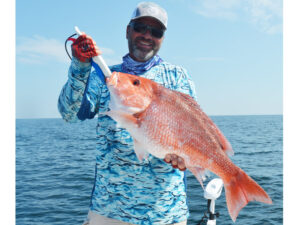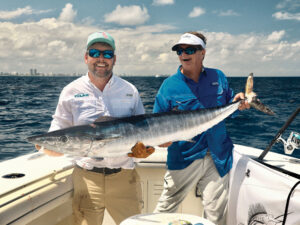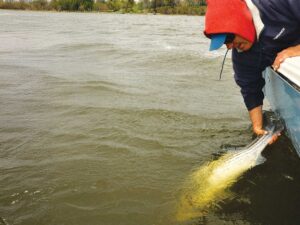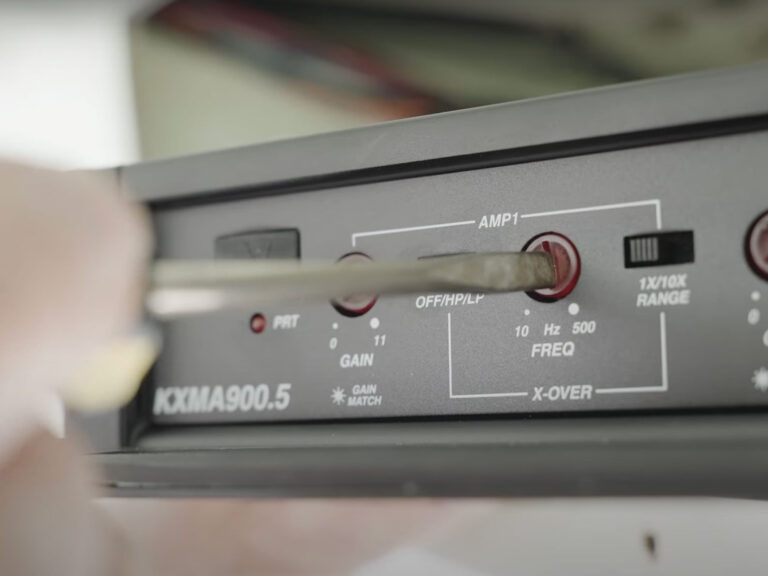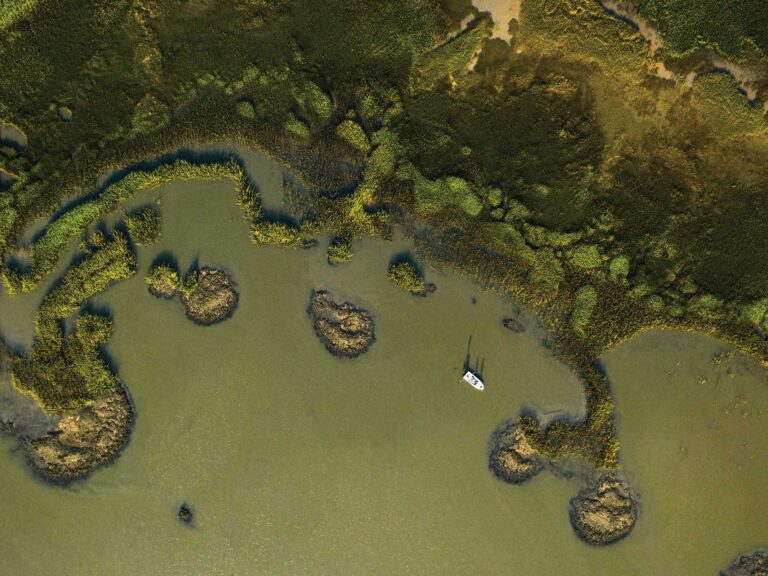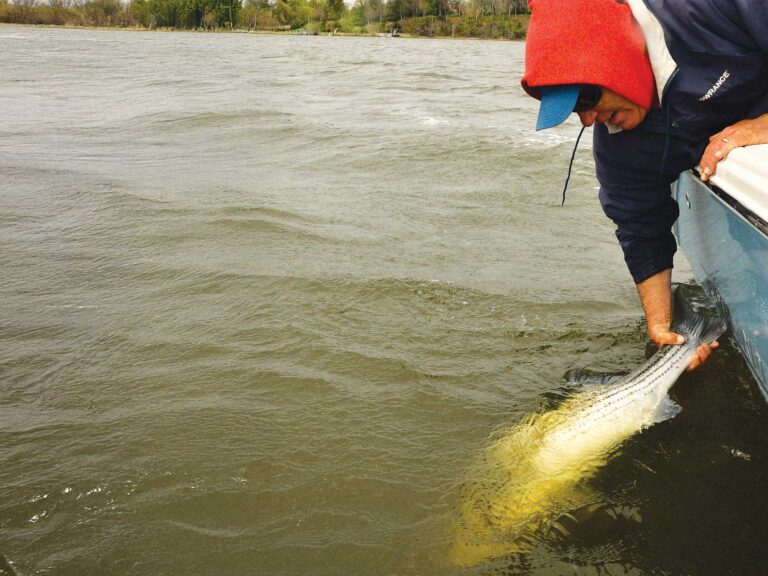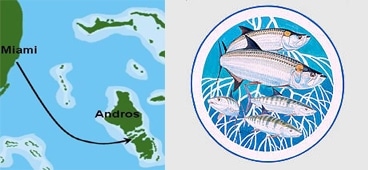
Bonefish_Record_Distance_Taggin
VIRGINIA KEY, FL, Feb. 27, 2006 – While a bonefish catch is always gratifying for the avid angler, one caught in the Bahamian flats off southwestern Andros Island in December proved even more satisfying for the researchers who study bonefish migration at Bonefish and Tarpon Unlimited (BTU) and the University of Miami Rosenstiel School of Marine and Atmospheric Science. The fish was a record catch, representing the longest movement by a bonefish and measured at more than double the previous distance record.
Since 1998, the Bonefish-Tarpon Conservation Research Program at the UM Rosenstiel School (http://www.bonefishresearch.com), which is funded by Bonefish and Tarpon Unlimited, has tagged more than 4,000 bonefish throughout the Florida Keys to better understand bonefish behavior and migration patterns. As fishermen discover the tags on the fish they catch, they are instructed to measure and release the fish, note their whereabouts, and notify the program of the recapture via the phone number provided.
This was the case on Dec. 29, when Dr. Brian Harris, a dermatologist from Fort Myers, Fla., caught one of these tagged fish – estimated at 28.5 inches – while he was vacationing in the Bahamas.
“The tag number revealed that this bonefish was originally tagged at Bear Cut near Key Biscayne on Feb. 11, 2005, by Capt. Joe Gonzalez,” said Dr. Jerry Ault, associate professor of marine biology and fisheries at the UM Rosenstiel School. “That means the fish was at liberty 321 days, gaining about an inch in length and moving in a linear distance of 186 miles.”
This distance record is more than double the previous one of 75 miles (Key Largo to Big Pine Key). It also suggests that bonefish can migrate across the Gulf Stream and perhaps mix with the Bahamas bonefish population.
Bonefish distance record, continued from page 1 “More research will be needed to see if this was an isolated phenomenon or a newly discovered behavioral pattern,” Ault said, adding that the prospect of bonefish crossing the Gulf Stream has profound implications on the population’s prospects and is an exciting breakthrough.
This is the reason why B TU invested in this kind of research to begin with,” said Tom Davidson Sr., BTU chairman and founding member. “It’s quite rewarding to uncover new information like this that bonefish may be crossing the Gulf Stream. It’s what truly can lead to better understanding and managing of our fisheries.”
This research is made possible through assistance from the Florida Keys Fishing Guides Association and support from BTU (http://www.tarbone.org), a South Florida-based nonprofit organization composed of sport fishermen and marine researchers with a worldwide mission of working together to learn how to best enhance their namesake species.
In addition to being good indicators of an ecosystem’s health, bonefish are a valuable asset to South Florida for another reason. They bring in a significant amount of tourism. Bonefish sport fishing contributes approximately $1.0 billion annually to the Florida economy, making sport fishing more valuable than commercial fishing in today’s market.
Rosenstiel School is part of the University of Miami and, since its founding in the 1940s, has grown into one of the world’s premier marine and atmospheric research institutions.

